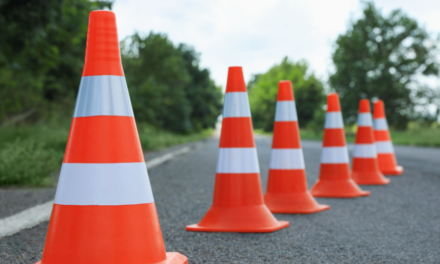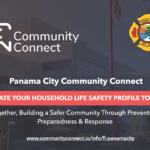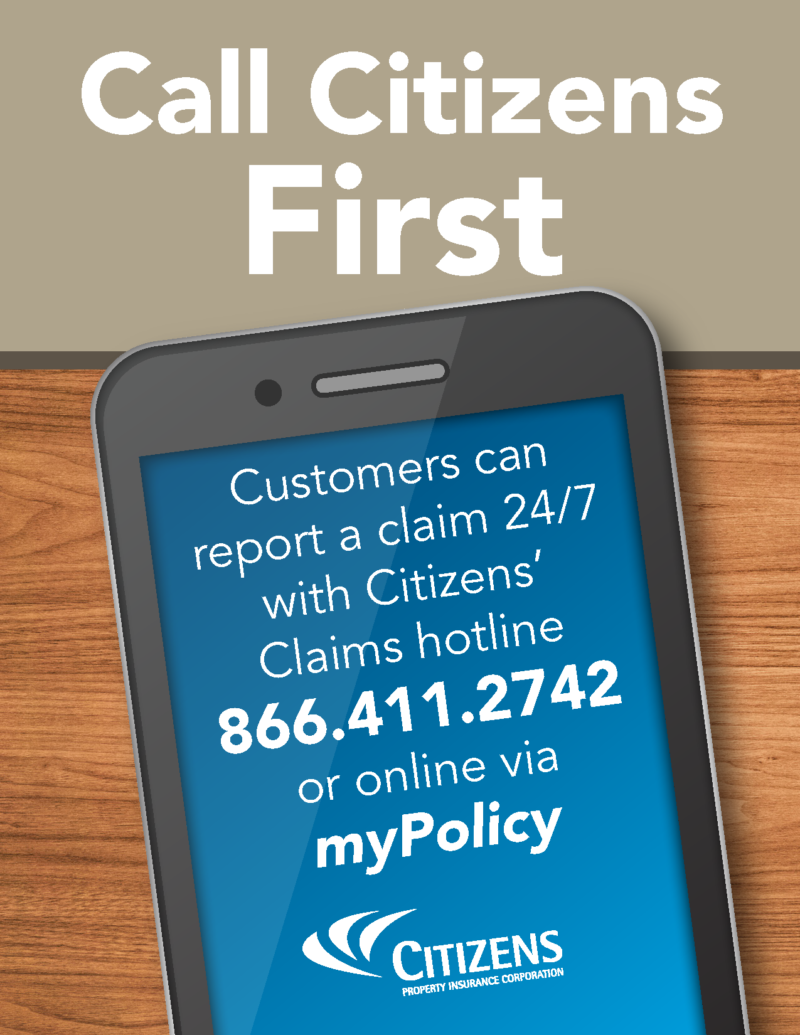
Planning for hurricane season? Don’t forget your pets.
“Hurricane season has begun, and no doubt you already have your hurricane kit assembled. But vets and animal experts warn not to forget about our pets.
Dr. Lawrence Garcia is the medical director of the Veterinary Emergency Treatment Service Team at the University of Florida College of Veterinary Medicine. He and his team are called to disaster areas to provide medical care to animals and provide aid to animal shelters. Garcia said that ahead of the storm, you should get together a “go bag” for your animals. “You should have a hard copy of all your medical and vaccination records for your pets,” Garcia said, “your veterinarian may be impacted by the disaster.” He also said to prepare any prescription medications. “Make sure you have at least enough medications for a month,” in the event you may not be able to access a pharmacy for your pet, Garcia said. This is in addition to carrying a 7-day supply of food, water, and other supplies like bedding, leashes, and a crate. “It wouldn’t hurt to have toys either,” Garcia said, “since the animal will be stressed and out of their routine.”
Unfortunately, poor planning can leave animals in dangerous situations during or after a storm. “Probably the biggest danger most pets face,” Garcia said, “are the owners not evacuating because they don’t feel like they can take their pets with them.” If there’s damage to the structure or flooding in the home, that can put both the owner’s life and the pet’s life at risk. “The biggest danger any pet can face is not having an evacuation plan in place,” Megan Allan, community outreach manager of Florida State Animal Response Coalition said.
The Florida Division of Emergency Management warns to never leave a pet behind, and instead make a plan for where you can go with your pet. According to Garcia, animals left behind may escape and injure themselves or ingest dangerous materials. “Much of what we see is animals coming into contact with contaminated waters,” Garcia said, like drinking from puddles contaminated with fuels and other toxins. In some situation, animals may need to escape a structure, but not be able to. Allan said animals may end up trapped in structures instead.
“Definitely try and take your animal with you first,” Randa Richter of SPCA Florida said, “I would suggest you test out using a crate or a carrier with your animal ahead of time.” But in the event you must shelter in place, or be forced to leave your animal behind, there are still steps that can be taken. “Leaving clear signs on windows and doors is really important,” Allan said, “just so that any rescue teams in the area know exactly who is in the home.”
It’s also possible for animals to get separated from their owners in the chaos of a disaster situation. “Your pet may get spooked and run off,” Garcia said. “Make sure your animals are microchipped,” Allan said “and make sure the emergency contact is someone outside of the affected region.” Both Garcia and Allan also said to make sure you have a photo of your animal, ideally with you in it. This will help identify the animal to its owner should your pet end up in a shelter after a storm.
Now is the time to start planning and making a checklist of essential supplies for your furry friends, before the season ramps up.”















